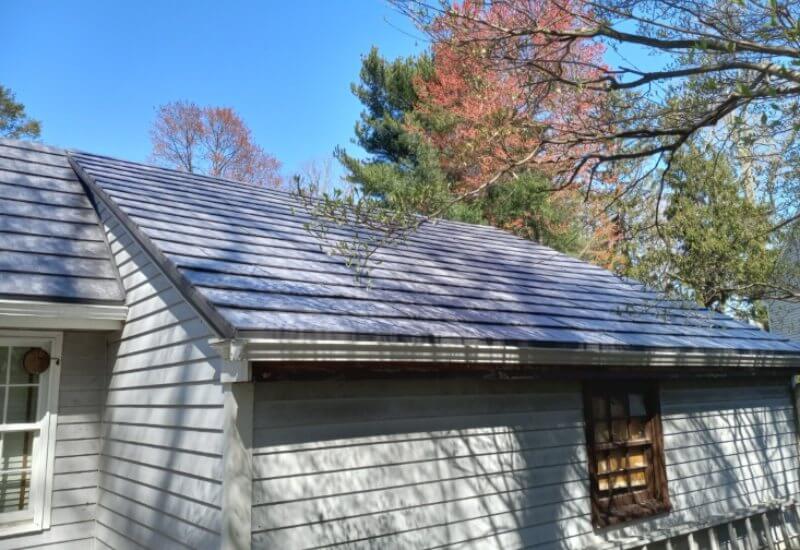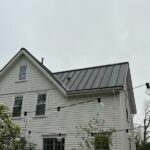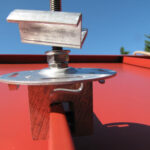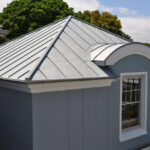Metal Thickness
ISSUE
When choosing a metal roof system, there are several things to consider. One point which property owners tend to want to evaluate is the thickness of the metal. However, this can be a confusing issue subject to interpretation.
ANALYSIS
Metal thickness is determined by product design. Manufacturers of quality metal roofing typically review this issue closely when designing their products. The elements of this issue include metal formability, inherent strength of the roofing panels, and expected weatherability. More heavily formed products utilize thinner metals. Just as you have seen by putting folds in a piece of paper, folds increase the strength of a material. As an example, whereas a flat panel standing seam design might require minimum .027” or .032” thickness in aluminum, heavily formed aluminum shakes utilize .019” aluminum and, in many cases, could not be formed from thicker metal. With steel, corrugated roofing panels may be formed from 29 gauge (approximately .013” thick) steel while flat panel standing seam designs may require 24 gauge (approximately .024” thick). Copper shingles are often formed from 12 ounce copper while copper standing seam may be the heavier 16 ounce weight.
CONCLUSION
When evaluating metal roofing panels for metal thickness, go beyond just looking at the thickness of the metal. Look instead for manufacturer test data on such subjects as wind uplift resistance as well as for what has historically been the metal thickness used on the product design you are considering.




